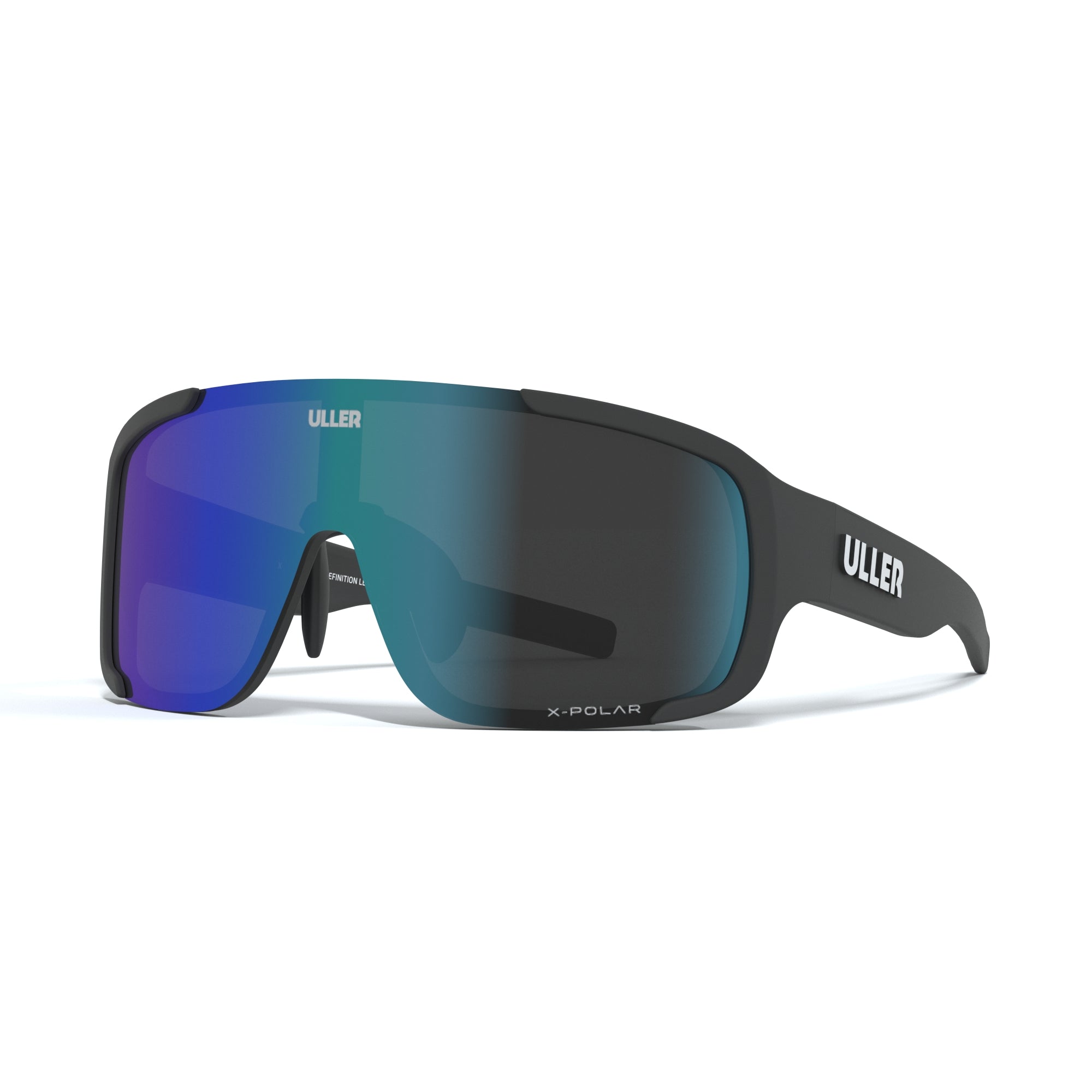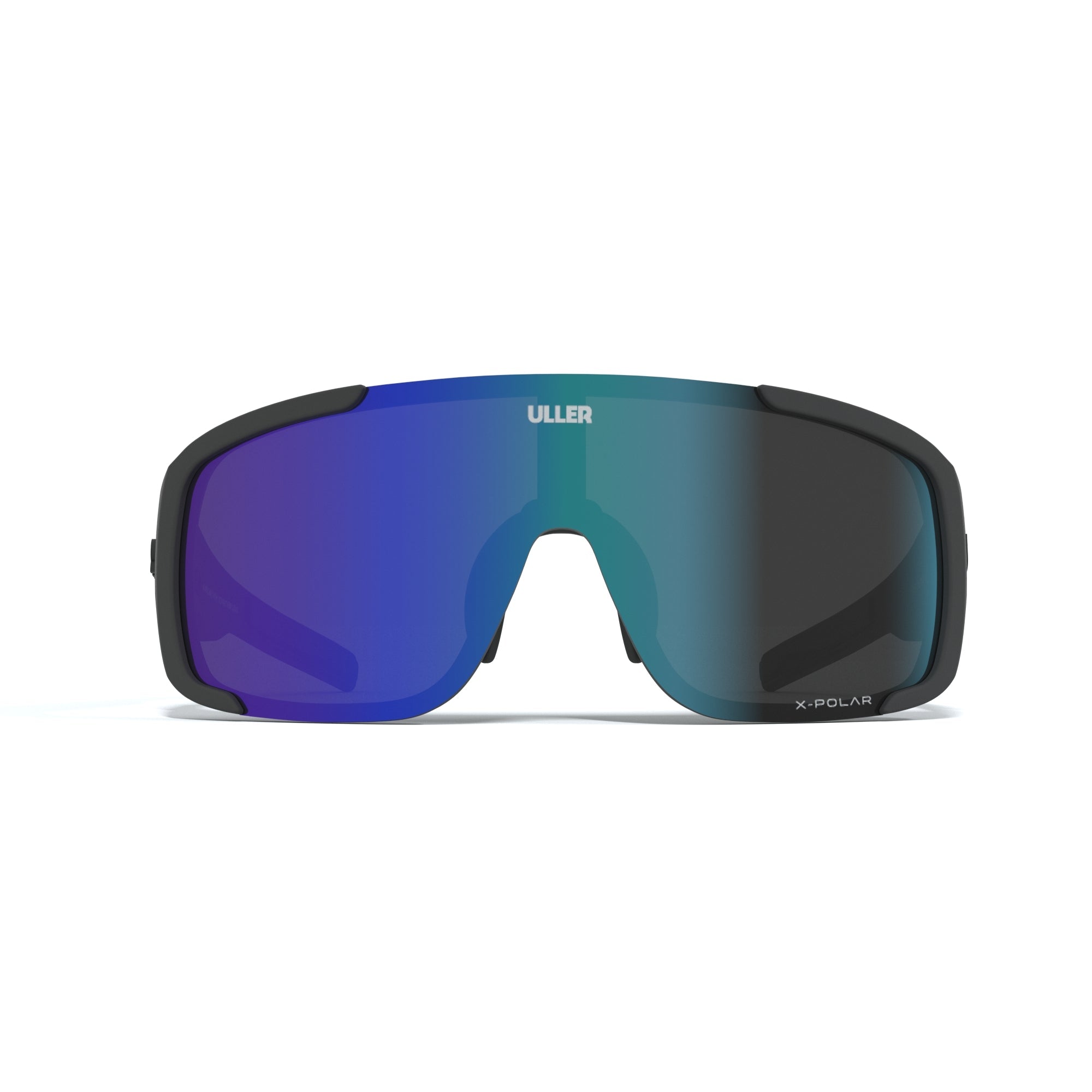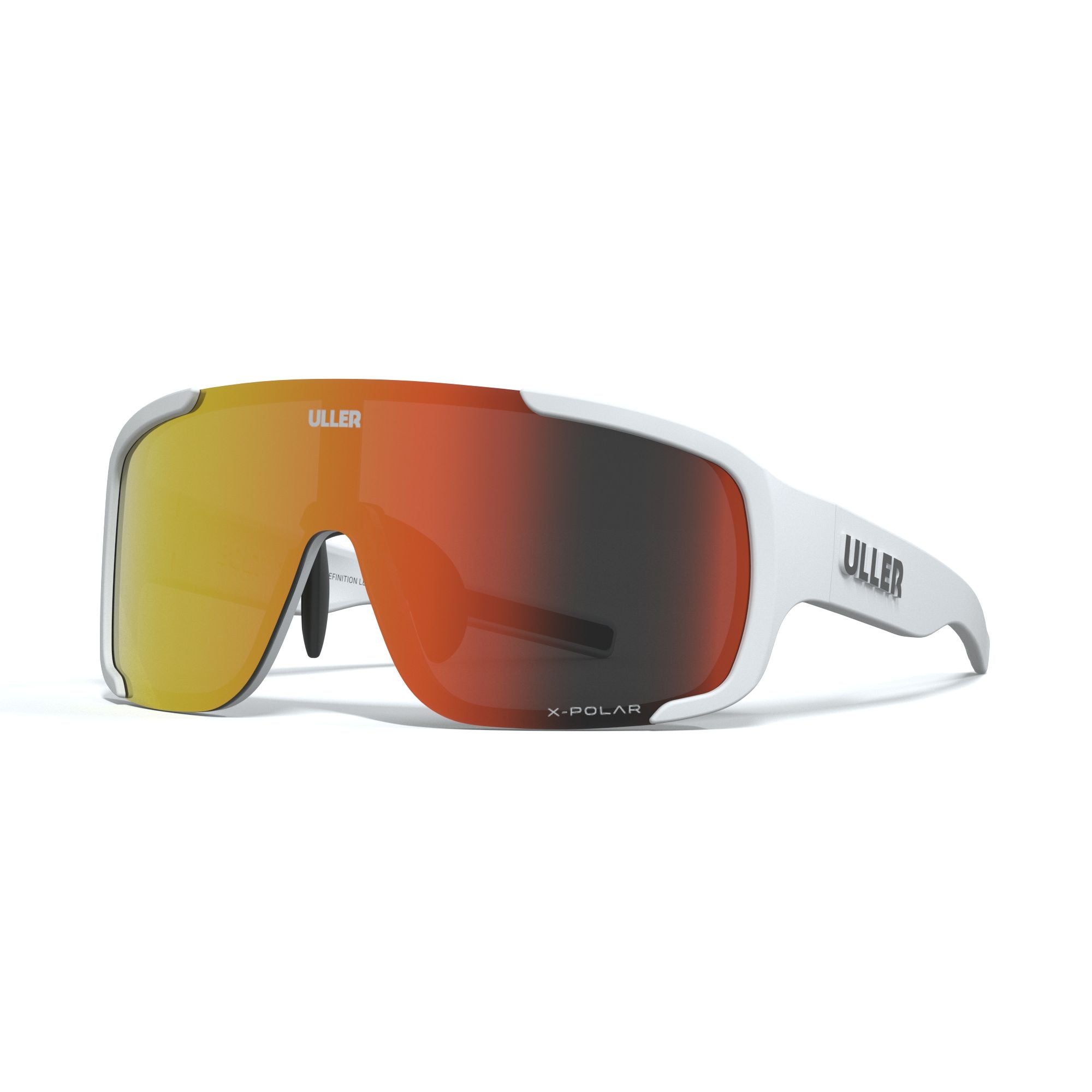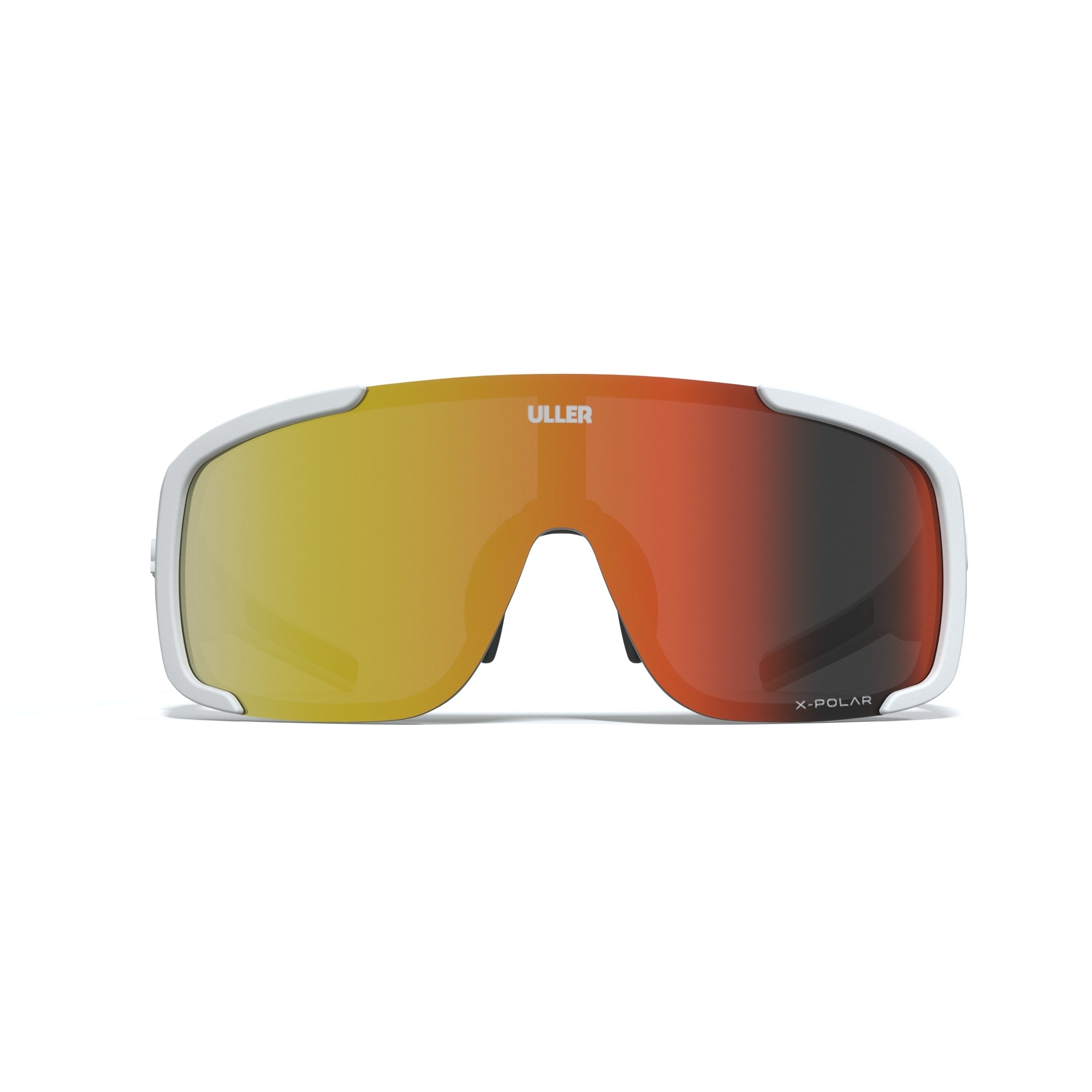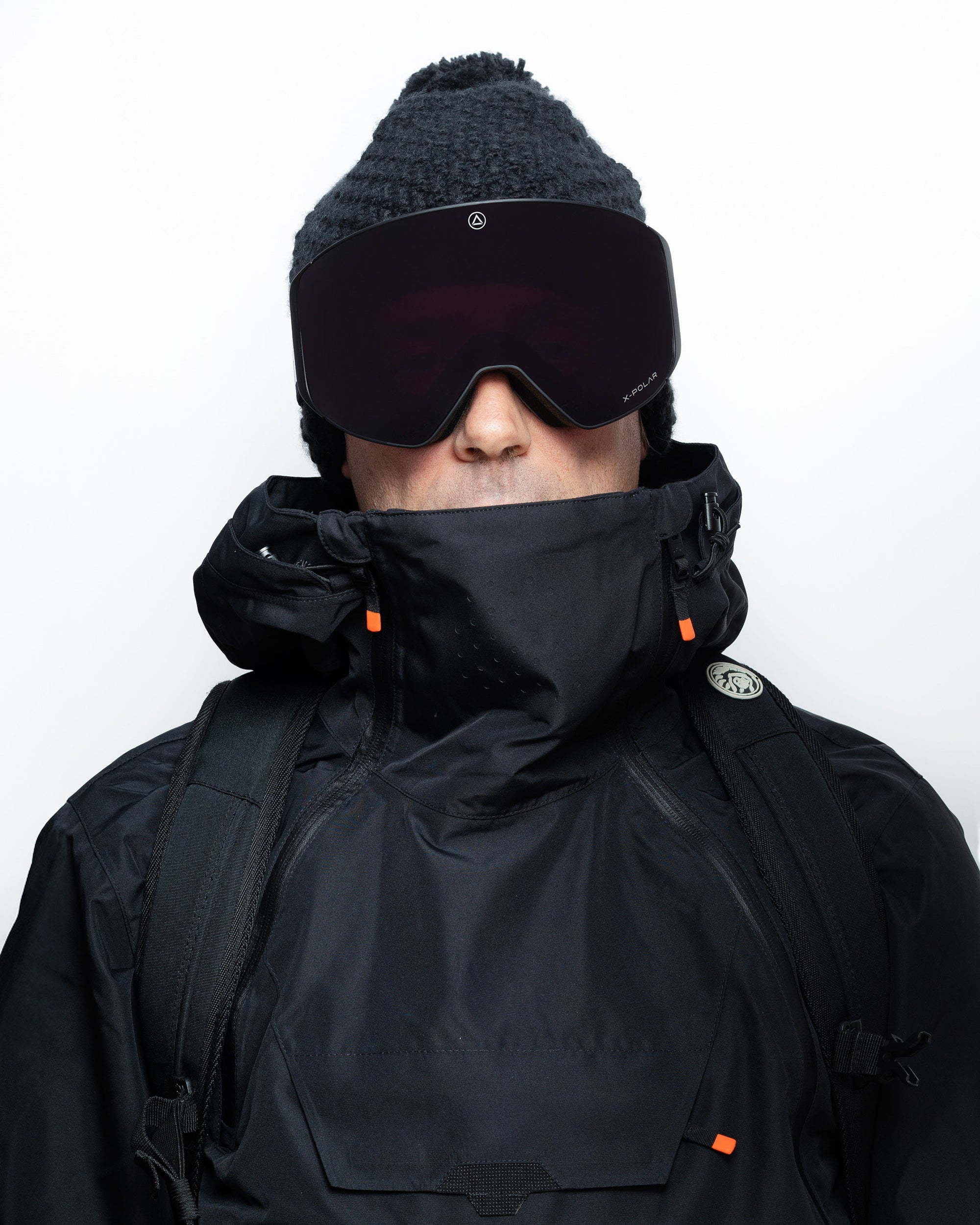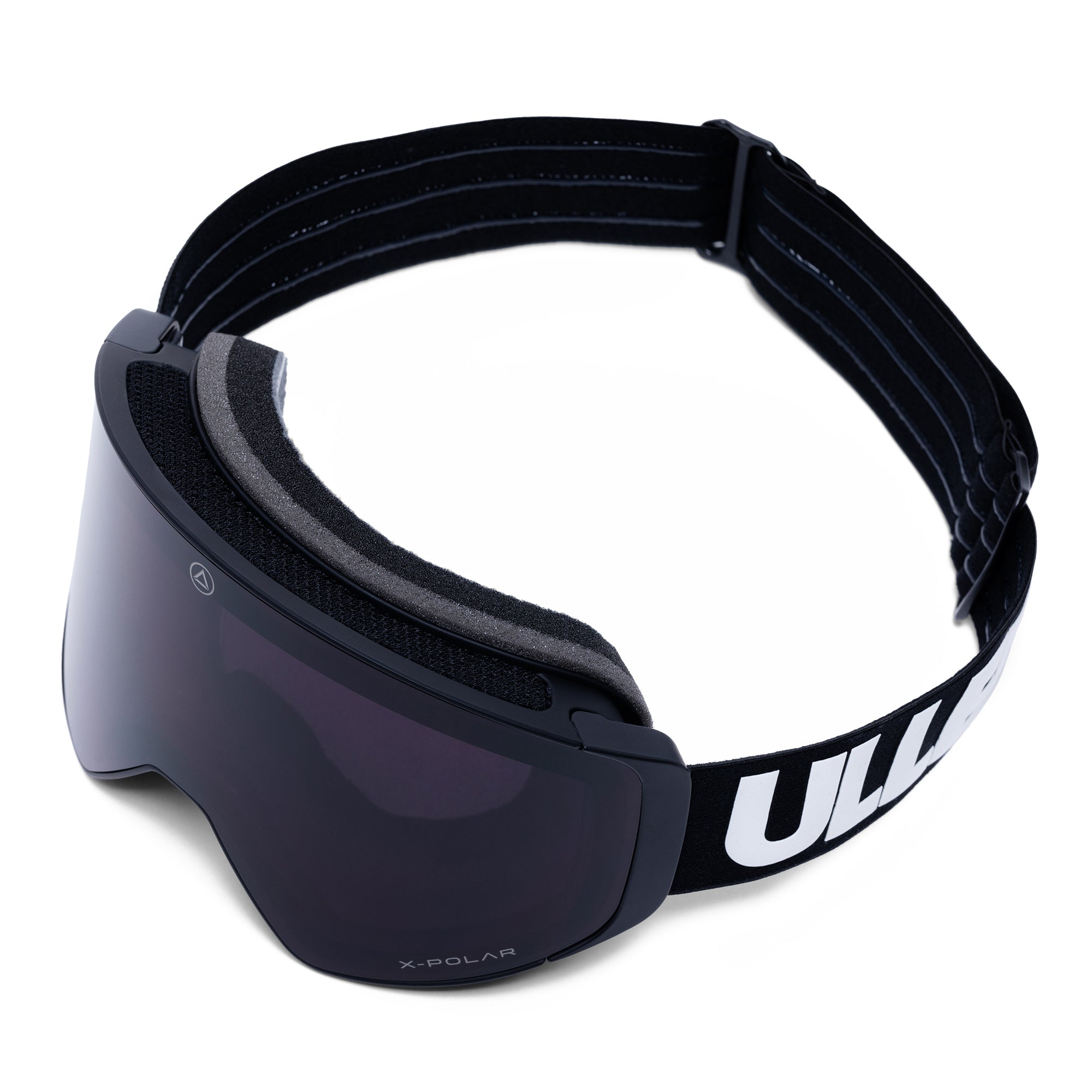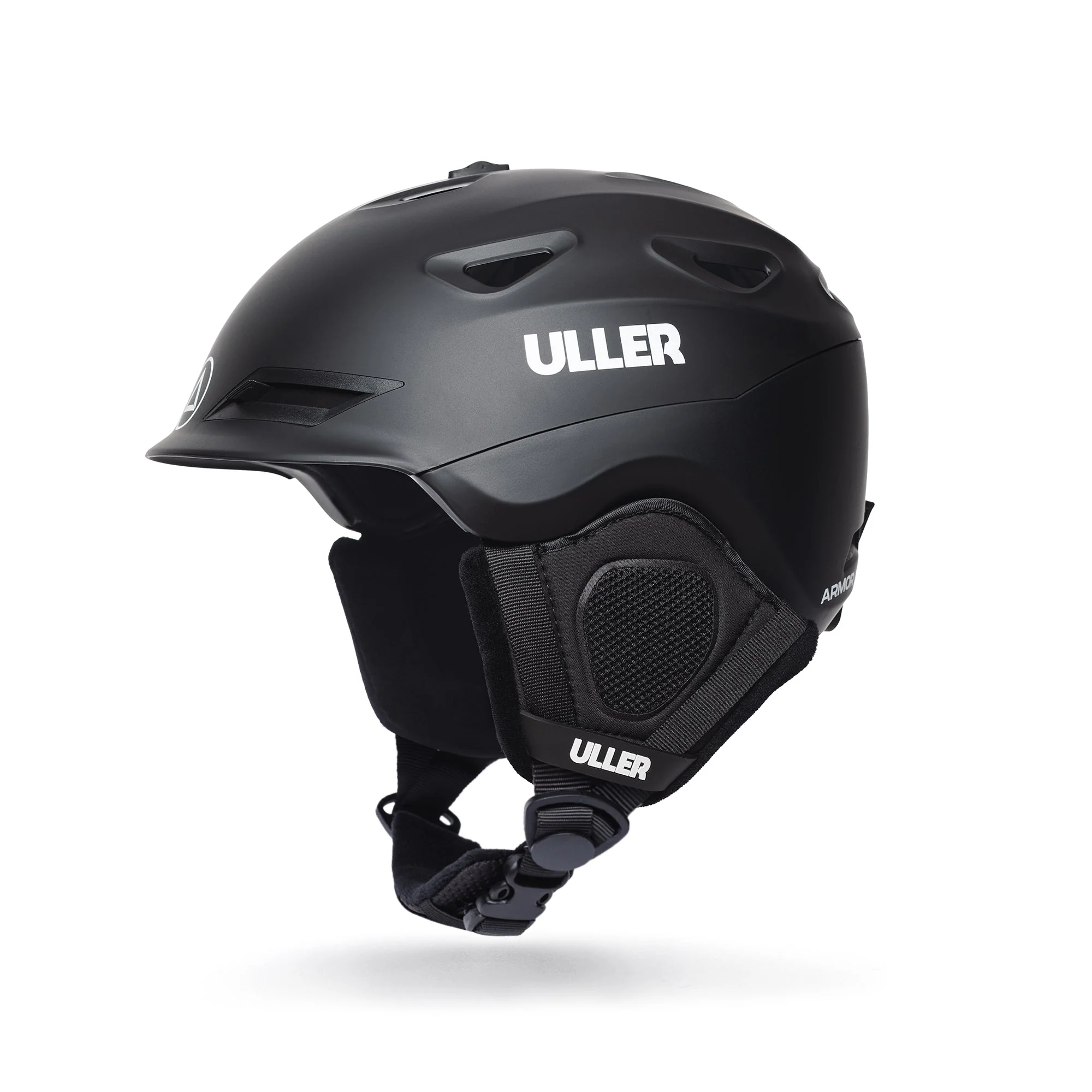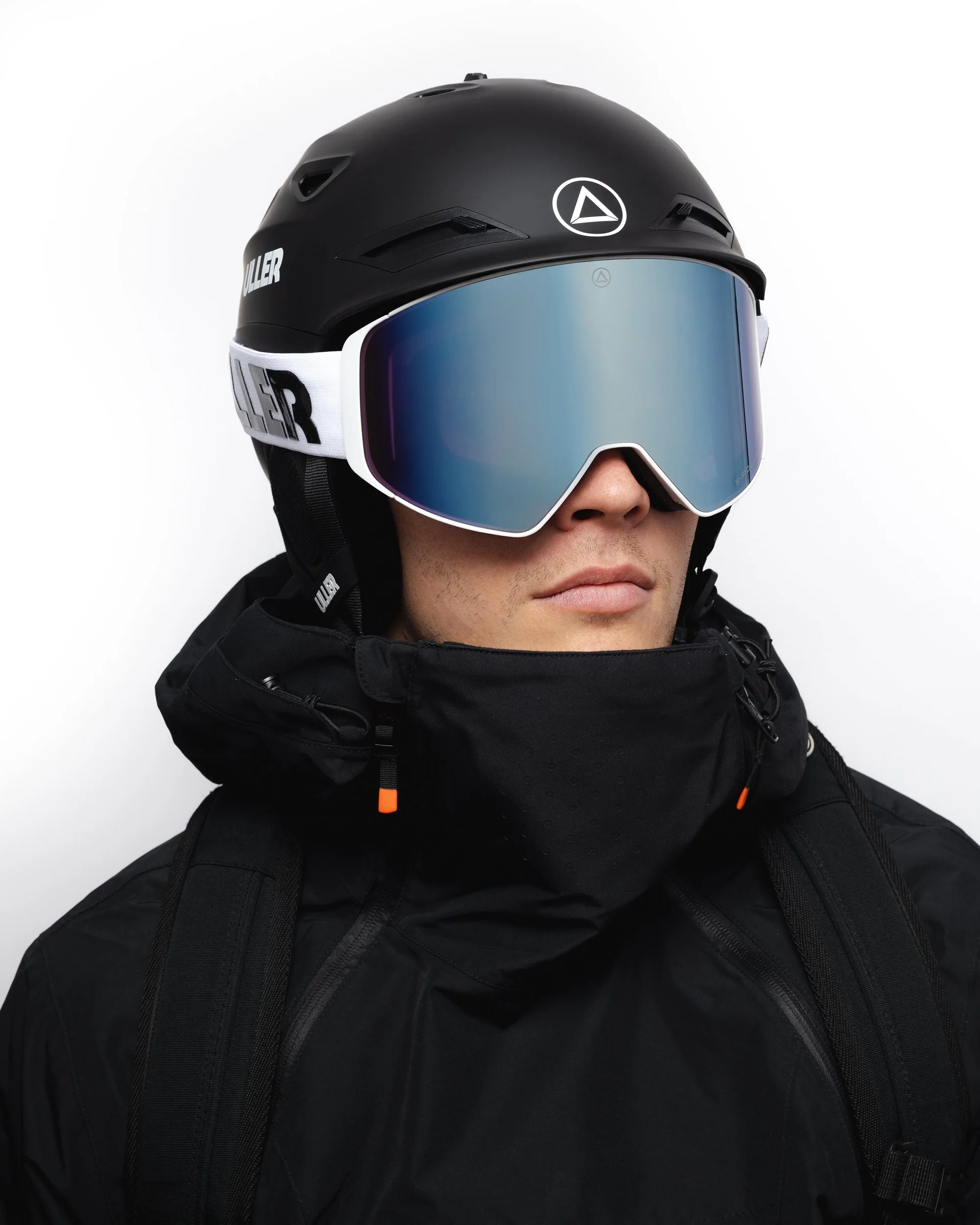If you have found this blog searching the Internet, surely you already have in mind the great idea of training your body, even from home, for whatever reasons. Training our body is essential for physical and mental health, so... Congratulations on being here! On this occasion we have proposed to develop a home training guide, but not just any guide, a GREAT home training guide, which can be used as a basic and motivational guide if you are a boy, if you are a girl, if you have a lot or little time a week, or if what you would like is to do strength training, with or without weights... A little bit of everything! And the best thing is that, if you yourself have already made the decision to train, you will surely read this guide with the same enthusiasm that we have in creating it for you.
You know it, we know it: Training? Glorious. Nothing like feeling that rush of endorphins running through your body, the sweat running down your forehead, that good muscle "ache" with which you say "let's see, it's still working", and the last great thing: noticing CHANGES in the mirror, progressive but sure A routine at home does not always replace a gym, a live guided class, or doing a specific sport outdoors, but it is true that it is a convenient alternative that you can try to achieve your goals, especially in times of Covid.
This doesn't mean it will be easy, huh. There are few easy things in life, but the truth is that it is possible to make do with the fact that regular physical exercise is necessary, and that it can be quite simple and manageable if you really put your mind to it. So, if you are ready to enjoy a sports adventure at home, let your imagination run wild, and take charge of your body, then keep reading and discover how wonderful training at home can be with our Great Guide to Training at home.

WHY TRAIN AT HOME?
Three words: Efficiency, convenience and economy. Training at home can be a great alternative, especially if you want efficient results and prefer the convenience that training in the comfort of home promises, without having to travel to a different location, or spend a little more time and money than what You could invest doing functional training at home, with the resources you have, and also with those that you can add little by little according to the routine that you consider. Remember that you can always start small, and make the most of it, and even improvise and get creative.
If you train at home, you are already at home, and what you have there will be useful for training if you know how to do it. Add your family if you don't want to do it alone, or warn them that this time is for training and nothing else, thus, avoiding all the classic distractions of the house, you can even imagine that you are in another place, and train to the fullest without problems. Little by little you can optimize your training space with minor adjustments, this will make a difference and make you feel more comfortable and focused on what you do. Just as you already have different spaces at home for different things (the kitchen to eat, the desk to study/work), training should also have a fixed set and, in addition, minimally adapted with the basics, that you can even assemble and disassemble with ease . This will motivate you and help you to have greater commitment and concentration, and also a better performance. And the best thing is that you will assemble and decorate it yourself, to your measure, as you want! Always keep in mind that, in addition to space, the time factor is also crucial when we consider training from home. Training time is training time, and if you dedicate a moment of your day specifically to it and nothing else, you can achieve great things, and make your day a better day.
In addition, an exercise plan at home can be an ideal option to add to your weekly routine if you normally go to a gym, crossfit classes, yoga, fit-boxing, etc. or if you practice any other sport in general. It will help you if at any time it is difficult for you to arrive on time or if the schedule is a few hours a week. And it doesn't matter if you want to do a home workout for men or a home workout for women, training in your own home can be really great for anyone. And if you have in mind that this is the way in which you can achieve your goals, then go for it, because training at home comes with endless benefits.
What are the benefits of functional training at home?
- Increase your commitment to exercise.
- It brings silence and tranquility.
- Offers you time flexibility.
- You are less affected by the outside temperature.
- Allows you to have more concentration.
- You invest the necessary money.
- You don't wait for others.
- Privacy.
- Comfort.
As we said, regardless of whether you are a boy or a girl, by doing a functional training at home you get all the classic benefits of exercising: improving the posture of the spine, relieving pain, energy for the whole day, toning and shaping the muscles, reduce measurements, increase flexibility, generate endorphins, increase well-being, reduce stress, improve your cardiovascular system, among many other associated advantages. So, whether you're looking to do a home workout for men, or a home workout for women, the benefits will be visible once you're able to pick up the right pace for your body and abilities.

HOME TRAINING ROUTINE
A functional training routine at home is nothing more than relatively short training sessions that you can follow correctly in the comfort of your home, to save time and money, and increase effectiveness in your day, either using your own weight, and home furniture as a support for the exercises, or using gym material that you add little by little as support material.
At home we can do several different types of routines, depending precisely on the material we have at our disposal, for example, training routines at home with gym equipment or without gym equipment. You can also do a routine with or without weight, which, although they are different, both have their advantages and direct benefits for your physical and mental health. For this, it is important that you make an exercise table that serves as a guide and structure to follow; More than anything, it is a matter of organization to avoid being repetitive in your workouts and to avoid doing more or less short routines than what you have considered doing.
How to make a training table at home?
Making a training table at home means designing the series of exercises that will make up your exercise routine at home, estimating the repetitions you will do of each one and the estimated calories you will burn with each one, as well as the time it will take you the complete routine, including pre-workout warm-up and post-workout stretching. Therefore, when you make your training table at home, think about including the following elements:
- Dates (day/week/month)
- Time of day (morning/afternoon/night)
- Duration (including pre-workout and post-workout)
- Estimated Calories
- Trainings
- Sessions
- Replays
- Equipment required
Think about how many times a month, week or even a day you can dedicate to training at home. Sometimes this type of training is improvised if you already exercise in other places normally, but, if it is the only thing you do at the moment, then plan it well so that it does not affect the rest of the people with whom you co-inhabit, nor does it coincide with the other activities you do in your day to day. You should also consider what time of day is best for you to do it: the good thing about this is that there will be days when it suits you best to do it in the morning or in the afternoon, and others perhaps at night. The important thing is that if you have established a model routine for each moment of the day that you can implement, then surely at the end of the day you will appreciate having done so a little. Have all the necessary supplies on hand. In fact, you can make a kind of "mise en place", which is the gastronomic term given to the art of organizing all the ingredients and materials you need to make a recipe. In this case it is somewhat the same, so you will not interrupt the training looking for the weight, the water, the mobile... but you will have everything nearby and in order to complete your sessions, repetitions and times correctly.
What do I need to train at home?
For all types of training we always need to have support material on hand, that is, elements that help us to do our training correctly. First of all, you need to define if you will do strength training with weights or without weights, or if you want to do some basic cardio in situ to help improve your cardiovascular system and help warm up your body to burn extra calories throughout the day.

Strength training at home (with and without weights)
If you're going to strength train with weights, you'll need weights to lift. This can be gym material or things that you can find at home that are heavy, for example, books, large bottles of water, or also gym dumbbells, if you have them, for example, vinyl or rubber ones to avoid accidents and also they have better grip when using them.
If you are not looking to do weight training at home but rather resistance training, you can choose to buy elastic exercise bands with different sizes and degrees of difficulty, to help build muscle without the need to carry extra weight. In fact, this is a great way to strengthen your body by using your own weight and adding extra resistance to help build muscle.
Remember that muscle strengthening during exercise helps burn more calories, fat and glucose, which is closely related to weight loss and reduction in measurements if your goal is to achieve a slimmer body.
What is the best material to train at home?
The best one to train at home is the one that really helps you as a support to achieve your goals. Therefore, once you have put together your training table at home and have the complete picture and schedule, then you will be able to better fit the materials to train at home. Therefore, you will be able to see at home which are the best chairs, walls, and traditional household weight objects that can work for you, or you will see if you need to invest in elastic bands to train at home, or ankle weights filled with sand, or even weights vinyl or rubber, which are not usually very expensive.
Other types of support materials, which are not weights and do not involve resistance, are, for example, anti-slip yoga mats, portable bars, or yoga balls, which can also be very useful for doing various exercises in one place. And, if you are lucky enough that someone in your family bought a treadmill or an elliptical machine years ago in a mythical “call now” infomercial and it is collecting dust in the attic… dust it off and take advantage of it!

Other types of support:
In addition to the training material, it is recommended that you add some type of auditory or visual support that makes your routine a more enjoyable session, for example, music playlists, a podcast of your interest, or a video on YouTube, especially if it is a complete guide, class or routine that you can follow at home. Another great option is to download a training app on your mobile or tablet. Thanks to training Apps, such as "Strong", "Nike Training Club", "MyFitnesPal" or similar, you can program useful automatisms such as smart alarms, stopwatch, diet and suggested workouts to follow, so you can do the best training possible at home. It is also important that you are comfortable when training, and that you step firmly when making each movement, so remember that it is necessary to have the appropriate clothing and footwear to do your routine.
TRAINING AT HOME WITH WEIGHTS
If doing a home weight training plan suits you, then it means you have decided to do home gym dumbbell training or have gotten some alternative weight object to help you exercise. Remember that, in this case, an instrument adapted for the exercise is always better, however, nothing happens if you solve the situation with bottles of water, boxes, etc. Whatever you decide, remember to have them on hand before starting and... training has been said!
Crossfit training at home with weights
In itself, "Cross Fit", in addition to being a registered trademark, is also the quintessential training for security forces (firefighters, police and military). It is a training method that is based on carrying out constant and varied exercises, applying functional movements, and executing them at a high intensity. Consequently, it is an effective method to tone the body and lose weight quickly, because it suggests a significant caloric expenditure per session as it is a workout in which rest is almost non-existent. This is practiced in a box, and uses minimal equipment, including ropes, bars, and weights. Therefore, doing it at home is great, but it is not the same as in a space adapted for training. However, it is true that if you have some material at home, such as weights, ample space and bars, you can cover the basic principles of this training technique, even doing the movements by adding weights to your ankles.

We propose 5 crossfit training routines at home with weights that you can do in case you don't have a training "box" available:
1. Murph WOD at home. Perform in the best possible time:
- Jumping Jacks (400)
- Pull-Ups (100) using table, door or bar.
- Push Ups (200)
- Air Squats (300)
- Jumping Jacks (400)
2. WOD KALSU at home. Perform in the shortest possible time:
- Burpees (100)
+ Every minute introduce 5 Thrusters with a weight/dumbbell or heavy object.
3. WOD-AMRAP 15-50. Do as many sessions as possible.
- Hand Release Push-Ups (15)
- Double-Unders (50)
- Overhead Squats using a barbell/dumbbell or heavy object (15)
- Double-Unders (50)
4. AMRAP at home. As many sessions as possible.
- HSPU(5)
- Table Row (10)
- Lunges (15) With a weight/dumbbell or heavy object in each hand.
5. FOR TIME sequence: 8 – 25 – 50 – 75 – 50 – 25 – 8. Complete in the shortest possible time. Add weight if you wish.
- Single-Leg Squats (8) (alt)
- Bag Over the Shoulder (25)
- Spider Push-Ups (50)
- Table/Door Pull-Ups (75)
- Spider Push-Ups (50)
- Bag Over the Shoulder (25)
- Single-Leg Squats (8)
To complement other days of the week if you don't feel like doing crossfit routines every day, you can do cardio training with weights at home, that is, with small vinyl weights in hand or with ankle weights if, for example, you do jumps , you run in situ (in place), or if you walk around your house. This will help you a lot because it is an excellent alternative to leg training with weights at home, and also as back training with weights, because by loading weight on these two strategic points (hands and ankles) you will help the rest of the extremity - including back and thighs (respectively) - carry some of this load and get stronger along the way. In fact, doing cardio exercises like aerobics or dance therapies are even more effective if we do them while holding weighty objects, for example, two water bottles or small sandbags strapped to our ankles.

TRAINING AT HOME WITHOUT WEIGHTS
No weights? No problem! If you have considered doing a home training plan without weights then you may be able to strengthen your body with your own weight, which is an excellent way to exercise your muscles and help build resistance.
A classic exercise without weights is cardio training at home, which can be the key to improving our cardiovascular system and also mobilizing fat to burn it better. This can be running on the spot, or doing exercises like jumping jacks, or jumping rope.
To this you can add hiit workouts at home (high intensity) with which you can progressively increase and decrease the intensity and speed by times to burn more calories and have higher peaks of cardiovascular acceleration.
For example, do sessions “20 – 40” per minute, that is, 40 seconds keep at a stable pace, not too fast and the remaining 20 seconds speed up your pace as much as you can; You can repeat this for as long as you do the cardio training. Other forms of cardio at home without weights include machines, if you have them, take advantage of them.

Crossfit training at home without weights
As we have mentioned before, crossfit is one of the most demanding training options, but also one of the most effective. Previously we were able to select a series of weight training that you can do at home, but if you do not have weights (or substitutes) or barbell at home that you can use, you can follow an adapted routine. However, you must understand that your house is not a training box and, therefore, you will not be in complete control of all movements. Crossfit deserves a bar at least and weights, ropes, etc. to be considered as such. But, if you don't have it at home, you can do your best safely with what you have, even though it is not a 100% substitute.
You can follow the routines we've described above without adding any weight. And if you prefer to do a different type of training, we have put together a crossfit training proposal at home without material so that you too can encourage yourself to try this type of training in the comfort of your home. Do the most repetitions and in the shortest time of the following exercises:
- Burpees (combines pushing with high jumps)
- Squats (traditional)
- Sit-ups (abdominals)
- Isometrics (elbow planks)
- Push-Ups (lifting of bodies)
- Triceps dips (chair dips with flexed elbows)
- Pull-Ups (if you have a bar at home)
Some home crossfit training apps can help motivate you and better guide you when doing your routine. Among the best we highlight the Woodbook and Wodrec. Have you already tried them?
Boxing training at home without weights
Another excellent exercise option at home is to perform simple boxing routines at home or fit-boxing, which will also help you strengthen your back and, therefore, are an excellent back workout at home, even without weights. Fitboxing is a great exercise to do at home, in addition to the classic dance therapies and aerobics routines that are classic for losing weight and improving the cardiovascular system.
In this case, you can do punching and kicking routines without much equipment, but if you really want to get into the boxing trend at home you can gradually invest in equipment, especially elastic hand wraps to protect wrists and ankles , even a punching bag if you really want to hit it. Remember that the movements cannot be crazy and uncontrolled, this sport has its established technique and, therefore, it is best to follow a step guide in specialized apps such as "Boxtastics" or "Shadowboxing", or look for basic guides on YouTube to do boxing workouts at home.

FOOD TO TRAIN AT HOME
Remember that eating and hydrating correctly is a sine qua not in any training routine, whether or not you are at home.
Therefore, when making your training plan at home you should also plan your meals so that you nourish your body at the right times, before, during and after exercise, without this altering your exercise routine or conflict with your digestion.
As well as food, water is essential, but in moderate quantities, it is not advisable to exaggerate.
You can even include in your training table at home the hours to drink water, eat and have a snack to eat on time, and balanced, so that you do not miss meals or train at odd hours, or with the empty stomach if you're not used to it.

ADDITIONAL TIPS FOR TRAINING AT HOME
- Suppress potential distractions. We know that at home we carry out other activities and that there will always be responsibilities to fulfill. However, it is recommended that you focus on exercising during the time you set for it. Then you can take care of the rest of things.
- Schedule your routine. Although your routine at home may be unexpected (so you don't stop training if you couldn't attend your regular activity that day), if you have indeed proposed to exercise at home, then we recommend organizing and scheduling your routine, and leaving some space in your day for it. Also, look at your calendar so that they do not coincide with meetings, parties or commitments and, if they do, simply re-organize your schedule in the best way, nothing happens if you do not train one day, what's more, count it as your day muscle rest, which is always necessary to take into account in all kinds of training routines.
- Create a support system. Ask at home that they support you with your routine, either doing it with you or respecting the time you allocate to it.
- Choose a space and make it your fitness space. Take a space in your house, the one you can, the one you have, and use it to do your exercise. You can modify it at your convenience, but having a space for it will help your concentration.
- Plan what you need. Think about the type of training you want or can do at home and plan the things you need, for example, charging your phone, making a playlist, looking for an online class, downloading the app, preparing your bottle of water or protein smoothie, etc.
- Think technique and efficiency. Look for references, example routines and see what works best for you. If you have to do trial and error routines, do them so that you understand the rhythm and intensity that best suit you and then, progressively, you can improve and be more efficient.
- Don't forget to hydrate and eat properly. Do it on time, and with healthy food, rich in protein and complex carbohydrates, avoiding fat and excess sugar.
- Modify your routine for the better if necessary, remembering that continuous improvement is the key to long-term success.
- Listen to your body and remember to keep the Sabbaths as well.
- Recognize your effort and reward yourself! With an outing with friends / friends, with a new item of clothing, or even with a delicious meal. But yes, the next day he trains again!

Now that you have a better idea of how to train at home and the benefits of doing home workout routines, let us know how it goes!














